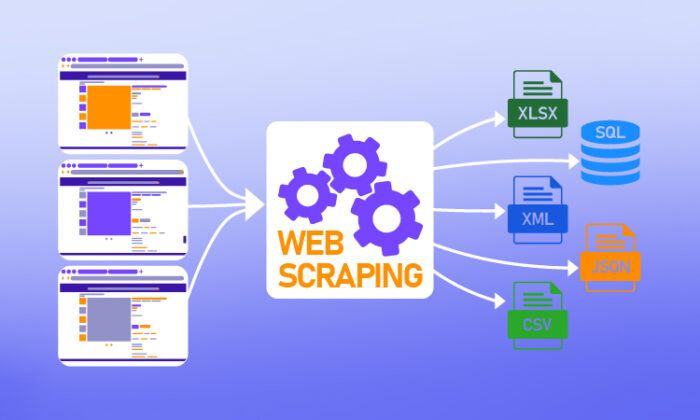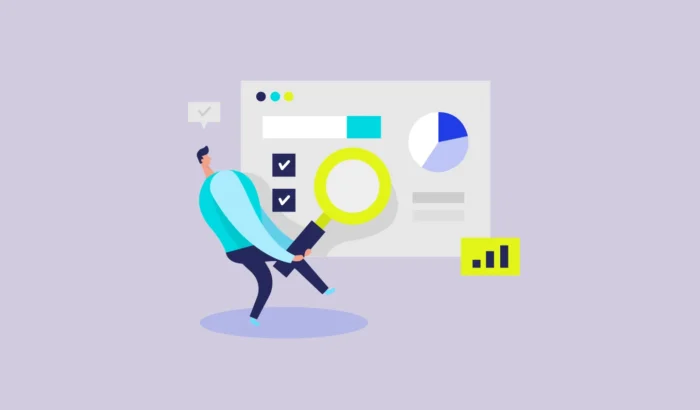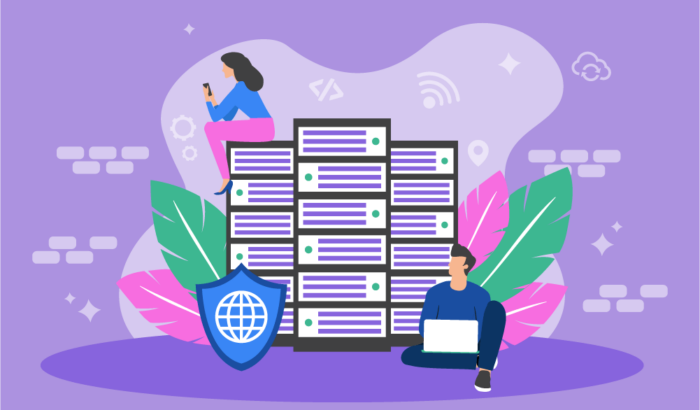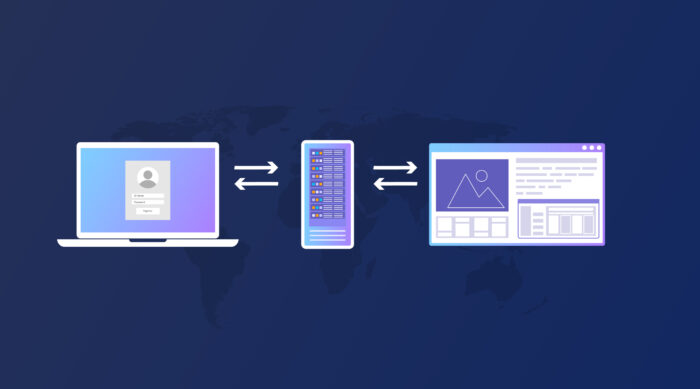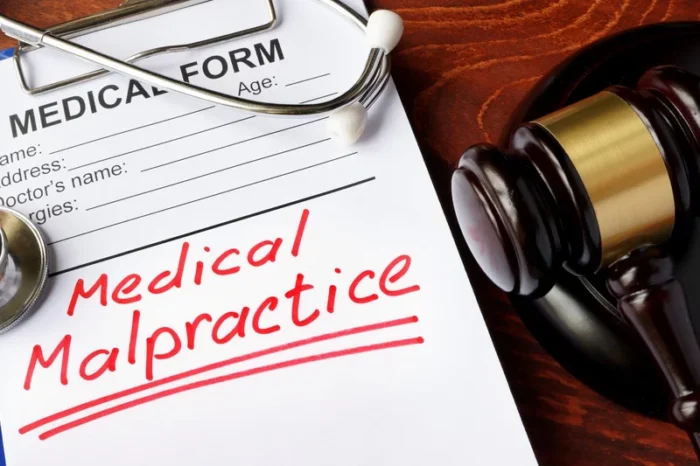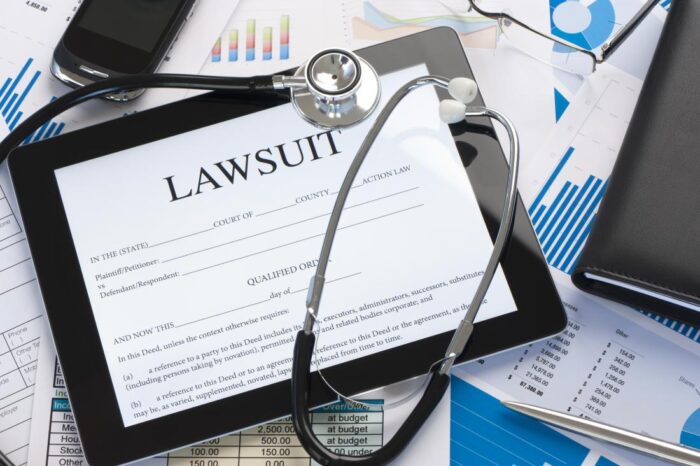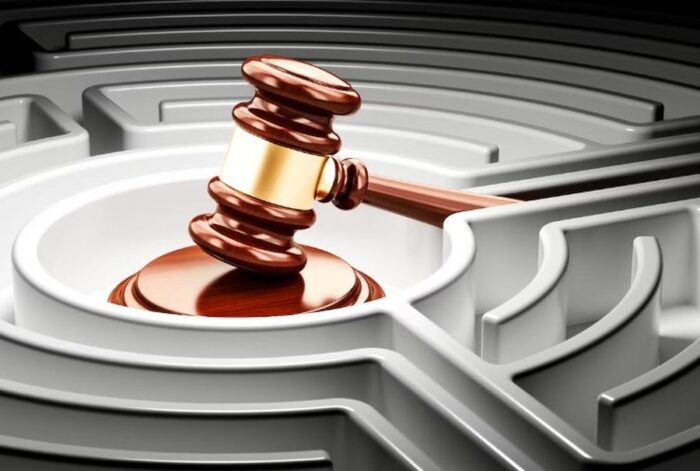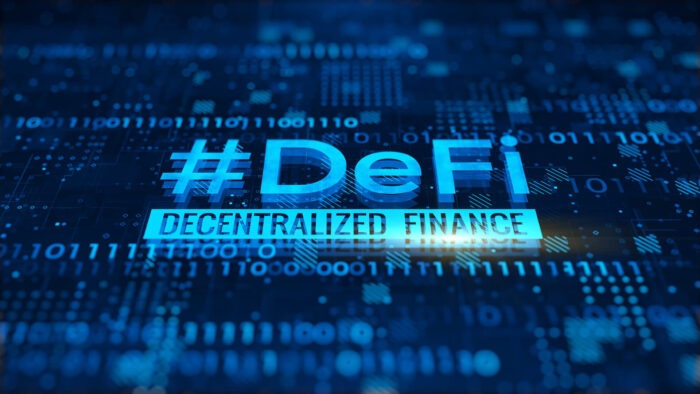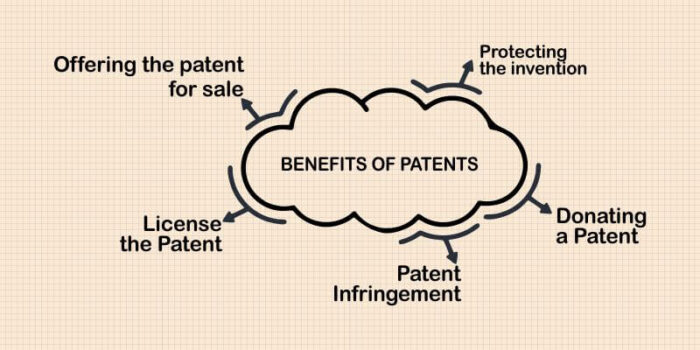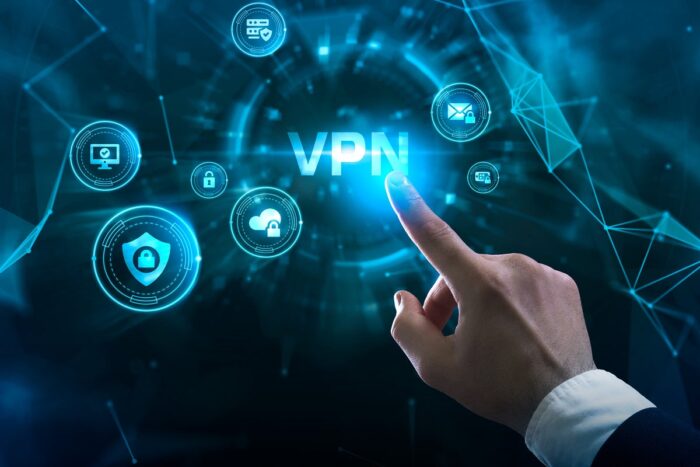Navigating the world of car leasing can seem daunting, especially if you are unfamiliar with the process. This comprehensive guide will walk you through each step, ensuring you have all the information you need to make an informed decision.
Car leasing in the UK is a popular option for individuals and businesses who want to drive a new vehicle without the financial commitment of buying one outright.
Leasing, also known as Personal Contract Hire (PCH), allows you to rent a vehicle for a fixed period, usually between two to four years, and then return it at the end of the lease term.
1. Assess Your Needs
Your Budget
“Before I can lease my vehicle, I must determine my budget.” Consider the monthly lease payments and additional costs such as insurance, maintenance, and potential excess mileage charges.
Type of Vehicle
Think about the type of vehicle you need. Compact cars may be more affordable to lease than SUVs or luxury vehicles.
2. Research Leasing Companies
Reputable Providers
Choose a reputable leasing company that offers the type of vehicle you want. Check for reviews and ratings online, and ask friends or family for recommendations.
Compare Deals
Look for deals and special offers. Some leasing companies offer lower initial deposits, reduced monthly payments, or additional package options.
3. Understand the Terms

Contract Length
Leasing contracts typically range from 24 to 48 months. Shorter leases may have higher monthly payments, while longer leases may be more cost-effective over the term.
Mileage Limit
Most leases have a mileage limit. Exceeding this limit could incur additional costs, so choose a limit that aligns with your expected usage.
4. Application Process
Credit Check
Leasing companies will conduct a credit check to assess your financial reliability. Ensure your credit score is in good shape before applying.
Necessary Documentation
Prepare all the necessary documentation, including proof of income, address, and identity.
5. Finalise the Lease Agreement
Review the Contract
The lease agreement is a legally binding document that outlines the terms and conditions under which you’re renting the vehicle.
It’s crucial to take your time to read and understand every detail in the contract before proceeding. Below are the key aspects to pay attention to:
Understanding Lease Terms
Lease Duration
Ensure you are comfortable with the lease term. Confirm the start and end dates, ensuring they align with your requirements.
Monthly Payments
Understand the amount and due date of your monthly payments. Check for any additional fees or charges that may be applicable during the lease term.
Maintenance Schedule

The contract will outline your responsibilities regarding the vehicle’s maintenance. It’s essential to follow the maintenance schedule diligently to avoid any additional charges at the end of the lease term.
Wear-and-Tear Policy
The leasing company will expect the car to be returned in a condition consistent with its age and mileage, barring normal wear and tear. Understand what is considered acceptable wear and tear and what would result in additional charges.
Mileage Limit
Review the mileage limit stipulated in the contract. Take note of the charges that will apply if the limit is exceeded, and ensure the mileage allowance is realistic for your use.
Early Termination Fees
Familiarize yourself with the terms related to early termination. Be aware of the costs involved if you decide to return the vehicle before the lease term ends.
Additional Clauses
Ensure you understand any additional clauses, like the procedure and responsibilities in case of an accident, damage, or theft.
Know the process for extending the lease term if needed, and the options available at the end, such as purchasing the vehicle or entering a new agreement.
Sign the Agreement
- Preparation Before Signing: Before signing the lease agreement, ensure all your queries and concerns have been addressed by the leasing company. Don’t hesitate to ask for clarifications on any terms or conditions that you find ambiguous.
- Final Review: Give the contract a final review to ensure all the discussed terms, including the vehicle make and model, lease term, monthly payment amount, mileage limit, and other essential details, are accurately represented.
- Signing the Contract: Once you are thoroughly satisfied with all the terms and conditions outlined in the lease agreement, proceed to sign the contract. Keep a copy of the signed agreement for your records, as you may need to refer to it during the lease term.
By diligently reviewing the lease contract and ensuring you understand and agree with all the terms, you can embark on a hassle-free and enjoyable leasing experience.
Your attention to detail at this stage can help prevent unexpected issues and charges during or at the end of your lease term.
6. Take Delivery of the Vehicle

Arrange a suitable delivery date and time with the leasing company. Ensure the vehicle is in perfect condition before accepting delivery.
7. Ongoing Responsibilities
Monthly Payments
Make your monthly lease payments on time to avoid penalties or additional charges.
Maintenance and Repairs
Adhere to the vehicle’s maintenance schedule, and report any issues or necessary repairs to the leasing company.
8. End of Lease Term
Vehicle Return
Return the vehicle at the end of the lease term. Ensure it is in good condition to avoid any additional charges.
Extension or New Lease
If you wish, discuss lease extension options with the leasing company or explore new deals.
FAQs
Can I lease a car in the UK if I have a bad credit score?
It might be more challenging to lease a car in the UK with a bad credit score, as leasing companies usually perform credit checks to evaluate your financial reliability.
However, some companies specialize in offering leases to individuals with poor credit. It may involve higher monthly payments or a larger initial deposit.
Can I terminate a car lease early in the UK?

Yes, you can usually terminate a car lease early, but it may incur significant early termination fees.
The specific amount will depend on the leasing company’s policy and how much time is remaining on your lease.
It’s essential to understand the early termination clauses in your agreement before signing.
What happens if the leased car gets damaged?
If a leased car gets damaged, you will be responsible for getting it repaired before returning the vehicle at the end of the term.
Failure to do so could result in additional charges. It is advisable to have a comprehensive insurance policy in place that covers damages and necessary repairs.
Is it possible to negotiate the terms of a car lease in the UK?
Yes, it’s often possible to negotiate the terms of a car lease, such as the monthly payments, the initial deposit, or the mileage limit.
The success of the negotiation will depend on the leasing company’s policies and the current market conditions.
Can I lease an electric or hybrid vehicle in the UK?
Absolutely, many leasing companies in the UK offer a range of electric and hybrid vehicles for lease.
Leasing an electric vehicle may also provide additional benefits, such as lower running costs and exemption from certain charges and taxes.
Can I lease a car in the UK as a non-resident?
Generally, non-residents can lease a car in the UK, but it might involve additional documentation and higher deposits.
Leasing companies will still require a credit check, and you may need to provide proof of your ability to make the payments, such as bank statements or income proof from your home country.
Conclusion

Car leasing in the UK is a convenient way to drive a new vehicle without the long-term financial commitment of buying one.
By understanding each step in the leasing process and conducting thorough research, you can ensure that you secure a lease agreement that best suits your needs and budget.
Take your time in assessing your options, understanding the terms of the lease, and maintaining the vehicle throughout the lease term to ensure a smooth and hassle-free leasing experience.



